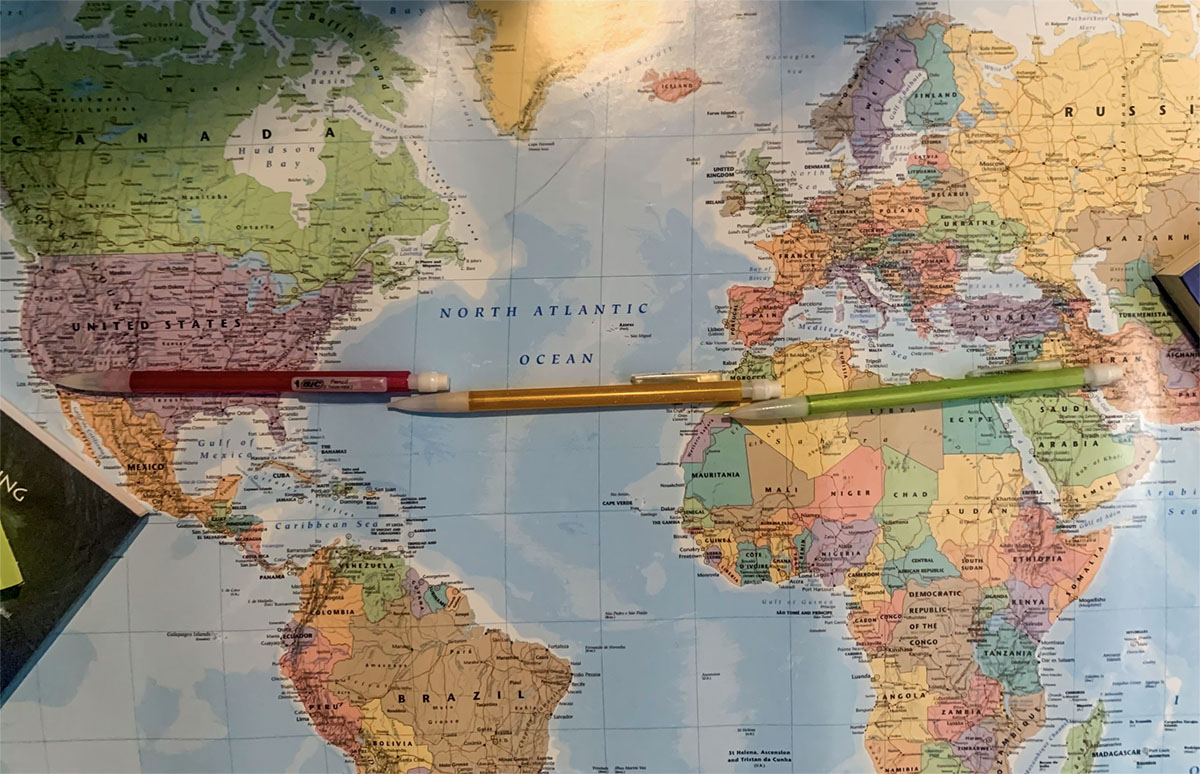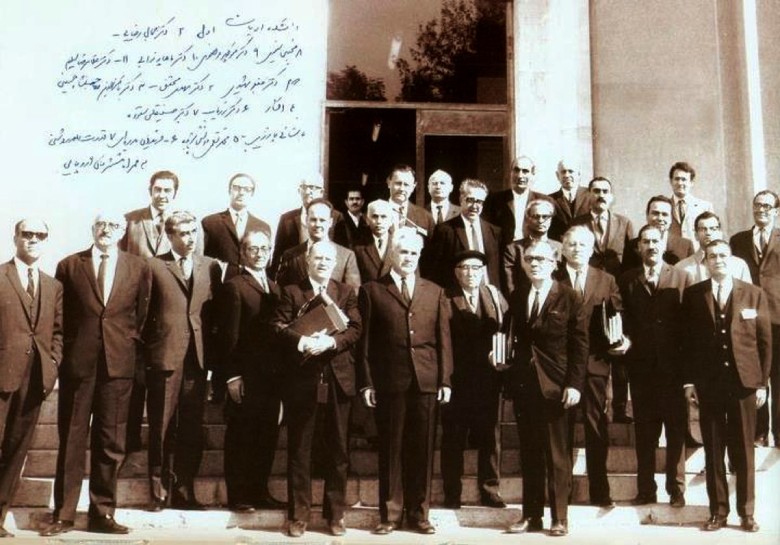The Iranian diaspora is a vibrant and diverse community spread across the globe, from North America and Europe to the Middle East, Australia, and beyond. As individuals and families left Iran for various reasons—whether political exile, economic opportunity, or personal choice—they carried with them not just their belongings, but also their rich cultural heritage. Today, the Iranian diaspora plays a crucial role in keeping Persian traditions, art, language, and values alive while integrating into their new societies.
In this blog post, we explore how the Iranian diaspora has maintained its cultural identity, fostered a sense of community, and contributed to global culture, all while navigating the challenges of living away from home.
🌍 The Iranian Diaspora: A Global Movement
The origins of the Iranian diaspora can be traced back to several key historical moments. The most significant waves of migration occurred after the 1953 CIA-backed coup that overthrew Iran’s democratically elected Prime Minister Mohammad Mossadegh, and later, the 1979 Iranian Revolution that brought the Islamic Republic to power. These events led many Iranians, particularly intellectuals, political dissidents, and professionals, to seek refuge abroad.
In the aftermath of the revolution, Iran’s political climate became increasingly restrictive, and many Iranians found themselves exiled or seeking better opportunities elsewhere. Today, the global Iranian diaspora is estimated to number around 5 to 6 million people, with large communities in the United States, Canada, Germany, the United Kingdom, Sweden, Australia, and the United Arab Emirates.
While each member of the diaspora has their own unique journey, they are united by a shared connection to Iranian culture, whether through language, food, music, or a deep sense of pride in their heritage.
🌱 Cultural Preservation: Keeping Tradition Alive
One of the most remarkable aspects of the Iranian diaspora is its dedication to preserving the rich cultural traditions of Iran. Despite being far from home, many diaspora communities have worked hard to ensure that Persian customs, language, and art continue to thrive in their new environments.
1. Language and Literature
At the heart of the Iranian diaspora’s cultural preservation efforts is the Persian language. Persian, or Farsi, is more than just a means of communication; it is a vehicle for preserving Iran’s literary heritage, from the epic poems of Ferdowsi to the mystical verses of Rumi and Hafez. In cities like Los Angeles, London, and Toronto, Persian-language schools, bookstores, and literary clubs play a significant role in keeping the language alive across generations.
Beyond the language itself, the diaspora has also been active in translating and promoting Persian literature worldwide. Iranian authors like Marjane Satrapi, Shahrnush Parsipur, and Azar Nafisi have made significant contributions to global literature, offering unique perspectives on Iranian society, exile, and identity. The works of these authors not only offer a glimpse into Iranian culture but also create a bridge for understanding between the Iranian diaspora and the broader world.
2. Culinary Traditions
Food is another cornerstone of Iranian culture that the diaspora has managed to preserve and share. Persian cuisine, with its unique blend of flavors—fragrant saffron, fresh herbs, and tangy pomegranate—has found its way into many international kitchens. Restaurants serving traditional dishes like kebab, ghormeh sabzi, fesenjan, and chelow rice are common in diaspora communities, particularly in places with large Iranian populations.
Beyond simply enjoying Persian food, many Iranian families pass down cooking traditions through generations, ensuring that the flavors of Iran continue to bring people together, whether they’re celebrating a special occasion or simply enjoying a meal at home.
3. Festivals and Traditions
The Iranian diaspora actively celebrates key cultural events such as Nowruz (Persian New Year), Shab-e Yalda (Winter Solstice), Chaharshanbe Suri (the Fire Jumping Festival), and Sizdah Bedar (the celebration of nature). These celebrations provide a sense of connection to Iran’s past and create opportunities for members of the diaspora to come together, share their experiences, and celebrate their shared cultural identity.
For instance, Nowruz, the Persian New Year, is one of the most widely celebrated cultural festivals among the Iranian diaspora. It’s a time for families to gather, enjoy traditional food, decorate their homes with items representing the seven symbolic elements of the Haft-Seen table, and embrace the spirit of renewal. These celebrations are not limited to Iranians alone but often include friends and neighbors, making it a truly global festival.
👫 Community and Networking: Building Bridges
One of the most powerful aspects of the Iranian diaspora is its ability to create tight-knit communities and networks across the globe. These communities offer emotional support, share experiences of navigating life in a new country, and provide a safe space for cultural expression.
1. Iranian Cultural Centers and Organizations
In cities around the world, Iranian cultural centers serve as gathering places for the diaspora, offering language classes, art exhibits, music performances, and film screenings. These centers help ensure that Persian culture continues to thrive in the diaspora while also creating opportunities for cultural exchange with others. For example, the Persian Center in San Francisco and the Iranian-American Cultural Center in Los Angeles host events and provide resources for the Iranian community to stay connected to their roots.
2. Iranian Artists and Musicians
Artists, musicians, and filmmakers from the Iranian diaspora are instrumental in representing the culture on the global stage. Artists like Shirin Neshat and Barbad Golshiri use their works to explore the complexities of Iranian identity and the experience of being part of the diaspora. Musicians like Kiosk and Mohsen Namjoo blend traditional Iranian sounds with contemporary styles, creating a unique fusion of East and West that resonates with both Iranians and non-Iranians alike.
Iranian cinema has also seen great success globally, with directors like Asghar Farhadi receiving Academy Awards for his films, including A Separation (2011). His work has brought greater attention to the Iranian experience and the complexities of cultural identity.
3. Professional Networks
Beyond cultural activities, the Iranian diaspora has also created strong professional networks that help individuals succeed in their new countries. Whether in business, academia, medicine, or engineering, Iranians have made significant contributions to their adopted countries. In cities like Los Angeles, Tehran’s Silicon Valley cousin, a thriving tech industry driven by Iranian entrepreneurs continues to grow.
🌎 Global Impact: Bridging Cultures
While the Iranian diaspora maintains its ties to Persian traditions, it has also become a bridge between cultures. Iranians living abroad contribute to a broader understanding of Iranian history, politics, and society, while also introducing others to the beauty of Persian art, literature, and philosophy.
The diaspora also plays a crucial role in advocating for human rights and freedom in Iran, raising awareness about issues such as gender equality, political freedom, and social justice. Activists and human rights organizations founded by members of the Iranian diaspora continue to bring attention to the struggles faced by those living in Iran and work to create positive change both inside the country and internationally.
🕊️ Conclusion: A Living Culture
The Iranian diaspora is a testament to the resilience of Iranian culture and the enduring bond that Iranians feel to their heritage, no matter where they are in the world. By preserving their language, food, traditions, and art, the Iranian diaspora continues to ensure that Persian culture remains alive and vibrant for future generations.
Though the journey of displacement is often difficult, the Iranian diaspora has turned its challenges into a source of strength, creating communities that celebrate and share the rich history and culture of Iran. Through their efforts, the soul of Persian identity remains ever-present, adapting and thriving in a diverse and interconnected world.





